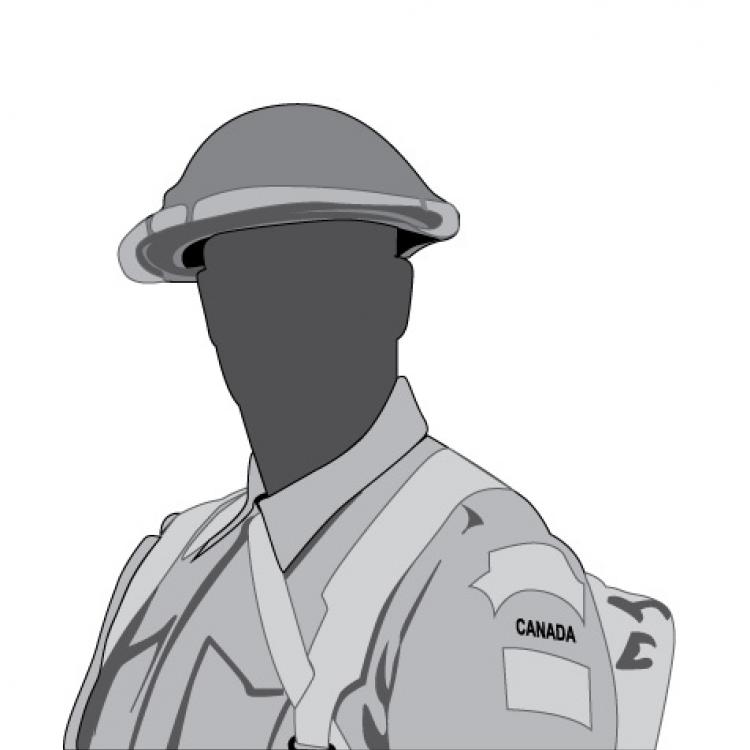DURNIN, James Earle
DIVISIONAL UNIT: 3rd Canadian Infantry Division
8th Infantry Brigade
2nd Canadian Mounted Rifles
Canadian Infantry Brigade
SERVICE NO: 3034062
RESIDENCE: Winnipeg – Manitoba
DATE OF BIRTH: December 2, 1885
Crewe – Township of Ashfield – County of Huron - Ontario
DATE OF DEATH: October 2, 1918 32 years 10 months
PARENTS: Mr. William & Maria Jane Durnin – Dungannon – Ontario / Winnipeg - Manitoba
CEMETERY: Etaples Military Cemetery – Etaples –
Pas de Calais – France
LXVIII G 12
Occupation: Railroader Religion: Methodist
Enlistment: Toronto – Ontario – March 4, 1918 into 1st Depot Battalion
Enlistment Age: 32 years 3 months
Private Durnin was conscripted into service in March 1918. He departed Canada on March 25, 1918 and arrived in England on April 3rd. On April 5th he was Taken on Strength by the 3rd Reserve Battalion based at Witley Camp - Surrey. He went overseas into France on August 13th and Taken on Strength with the 2nd Canadian Mounted Rifles. He joined his unit which was in the field on August 17, 1918.
The Battalion was based in Boulon Village on morning of September 29th and as they were moving forward at 5:15 am they halted and enemy artillery fire came down and several casualties were taken. They advanced again and took further fire from enemy high explosive and gas shells. Additional casualties were taken. They had taken 40 casualties and had not even reached their assembly area for the upcoming advance.
By 6 am they were clear of the Cambrai-Arras Road and were now seeing a heavy mist coming down. For the upcoming advance “C & D” Companies were left and right front with “B” Company in Support and “A” Company in Reserve.
The advance began at 8 am and the artillery barrage being brought to bear on the enemy was 1,400 yards ahead of the advancing infantry and behind the enemy as well. It was also light in nature resulting in no definite barrage line being distinguishable.
Heavy enemy machine gun fire was encountered from machine gun nests and enemy strong points from the immediate front and left, from the road running north and south through a German dump and also from houses in the area. They also had to deal with a belt of uncut enemy wire consisting of 3 double apron fences running north to south along a road. They also had to deal with snipers and enemy aircraft. Here very heavy casualties were taken. The rifle wire cutters allowed them to cut their way through the enemy wire.
At 8:30 am “D” Company on the right front reported they were being held up by enemy fire in front of them and from enemy shell holes. At this point “C” Company and likely “B” Company plus one Company from the 49th Battalion continued with the advance, suffering severe casualties as they were passing through the enemy wire.
Casualties were 16 men killed and 266 men wounded with 38 men becoming prisoners. The day began with 604 men.
On September 29, 1918 at about 9:30 am Private Durnin was advancing with his platoon when he was struck in the thigh by enemy fire. He was given immediate aid and removed from the field and evacuated to No. 18 General Hospital based at Camiers. He succumbed to those wound three days later on October 2, 1918


